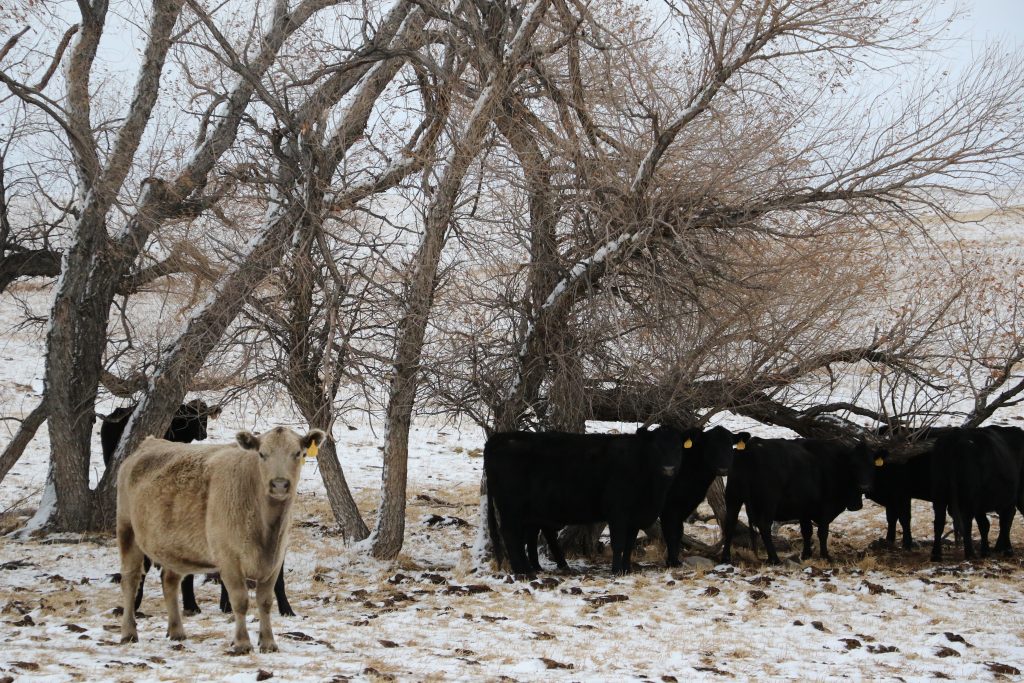On the up and up: Cattle producers can look forward to strong market

Good news for cattle producers is coming in the new year. Over the last two years, several timelines have combined to create a positive situation. While normal challenges – drought, feed costs and labor – will likely still exist, there are enough reported changes in the market to help producers.
According to Oklahoma State University Professor of Agricultural Economics Derrell Peel, the U.S. cowherd peaked in 2019, with 2018’s calf crop serving as the height.
Feedlot numbers didn’t peak until 2021, and this, when combined with the COVID-19 pandemic, creates a situation where lower supplies and higher demands should promote higher prices for cow products in 2022 to be translated through all segments.
“The supply side is supporting the market and will continue to support the market in 2022,” Peel said. “Part of the optimism is coming from the supply fundamentals.”
He continued, “Beef demand has been very good across wholesale, grocery stores, retail and even with disruptions. Experts will set new records in 2021. Even with two months left to report for 2021, we are well on the way to beat the old record set in 2018.”
Stocker operations
This situation, Peel notes, could be advantageous for stockers and backgrounders looking to realize profit from feeding calves. As feed costs are up, feedlots are also experiencing higher costs of gain and will likely be looking to purchase calves heavier than normal to reduce the amount of days on feed.
“This affects price relationships across feeder cattle,” Peel said. “If feedlots want bigger cattle, someone has to put weight on them before they go to the feedlot, and this is the stocker sector. So, with high-feed prices and high-feedlot cost of gain, this increases incentives for stocker production in general.”
He continued, “The value of gain on 500- to 800-pound calves is elevated. Generally, stocker producers are looking at some good opportunities and the futures market has optimism built into it.”
It is important to note some feedyards may also run their own feed mills, and a steady supply of smaller calves will be required. Peel recommends those in the stocker segment utilize the diverse variety of options for putting weight on cattle to realize profits.
Beef exports
The U.S. Meat Export Federation’s November report on U.S. beef and pork exports was made available during the first full week in January. Beef exports continued to break records in 2021.
“On the beef exports side in November, we were up about eight percent on a year-over-year basis,” Peel said. “For the year-to-date basis through November, we were up about 18 percent.”
Peel and many others in the beef industry are awaiting the December export report to determine just how big of a year 2021 was for meat exports. Throughout 2021, the three largest importers of U.S. beef – Japan, South Korea and China – were each set up for roughly $2 billion in sales.
Peel said U.S. beef imports were also up in November.
“In November, the imports were significantly higher on a year-over-year basis,” he noted. “They were up about 27 percent, but on a year-to-date basis, they are still down about 1.8 percent.”
According to Peel, imports of live cattle into the U.S. were down 32 percent in the first 11 months of the year.
Averi Hales is the editor of the Wyoming Livestock Roundup. Send comments on this article to roundup@wylr.net.





